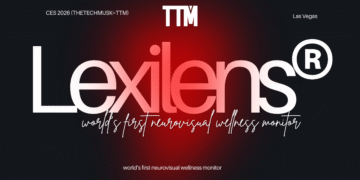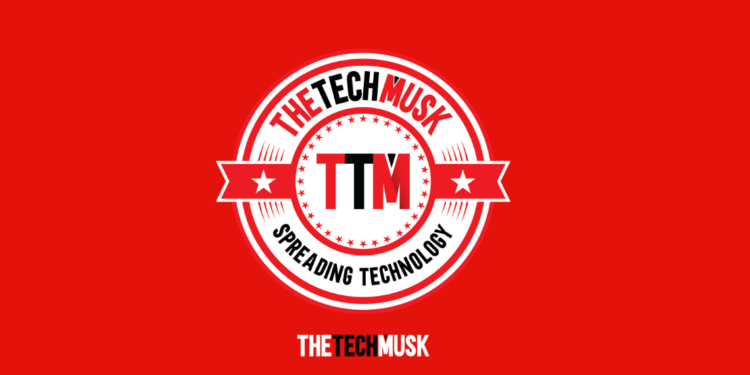For years, the SaaS model revolved around one thing: subscriptions. Monthly recurring revenue was king, and success was measured by how well companies could upsell tiers or reduce churn. But the next growth engine for software isn’t another pricing model — it’s embedded payments.
As the lines between software and finance blur, embedded payments are emerging as the most powerful new revenue driver in SaaS. According to data from Stax Payments, a staggering 91% of independent software vendors (ISVs) expect embedded payments to play a central role in their growth strategies within the next year.
And this isn’t a niche trend. Bain & Company estimates that financial services embedded into e-commerce and SaaS platforms already represented $2.6 trillion in U.S. transaction volume in 2021 — about 5% of total U.S. payments. By 2026, that number is projected to more than double, crossing the $7 trillion mark.
Why every SaaS company wants in on embedded payments
Payments are often the entry point into the broader world of embedded finance. For SaaS platforms, integrating payments doesn’t just add convenience — it transforms the entire business model.
Companies can unlock new revenue streams from transaction fees, shared revenue, or premium tiers tied to payment features. Beyond the financial upside, user experience improves dramatically when customers can complete transactions without leaving the app — boosting conversions and loyalty.
There’s also a hidden benefit: lower churn. Once payments are deeply integrated into daily workflows, customers become less likely to switch providers. That added stickiness translates into longer lifetimes and healthier LTV:CAC ratios.
The result? Software companies evolve into fintech providers almost by accident — and competitors relying on third-party checkouts are left behind.
How to build a winning embedded payments strategy
Getting embedded payments right requires more than an API integration. The transformation starts internally. Leadership must treat payments not as a feature, but as a core growth strategy. That means aligning product, sales, and marketing teams around a single vision: making payments a native part of the platform’s DNA.
Next comes choosing the right partner. Not all payment providers are equal. The strongest partners — like Stax Connect, for example — offer flexible APIs, transparent revenue models, co-selling support, and risk management built into their platforms. They help SaaS companies go beyond “processing” to monetizing payments effectively.
As with any GTM motion, training is key. Sales teams need enablement playbooks and incentives that make payments part of every pitch, not an afterthought. Marketing teams must tell the story of payments as an all-in-one solution that helps customers operate and get paid in one place.
The long game: payments as a growth flywheel
Once payments are live, the real work begins. SaaS leaders need to monitor margins, watch churn, and adapt as the market shifts. Payment fees, regulations, and consumer expectations evolve quickly — and those who iterate fastest will win.
At its core, embedded payments aren’t just about facilitating transactions. They’re about transforming the economics of software. When executed correctly, payments become a growth flywheel — boosting revenue, retention, and differentiation in an increasingly crowded SaaS landscape.
As software continues its march into every industry, the companies that master embedded payments won’t just sell software — they’ll define the next era of fintech-powered SaaS.























